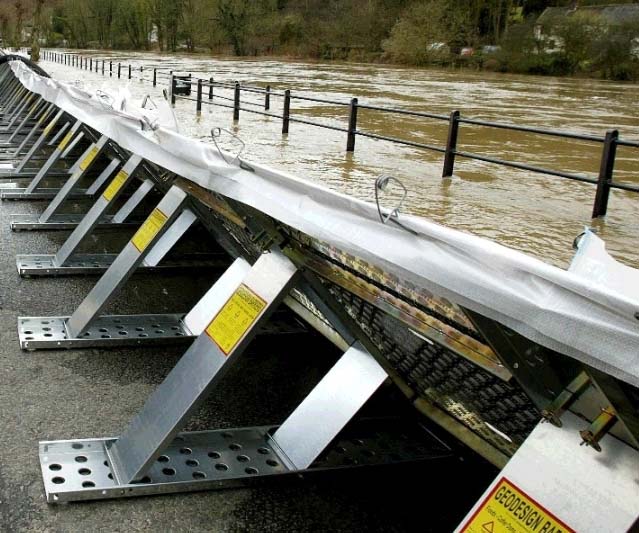Sea levels around Boston could rise as much as 7.5 feet by 2100, according to climate scientists. As a result, the city is at risk of significant flooding during high tides and normal rainfall let alone big storms.
The Urban Land Institute held brainstorming sessions over the last several months involving more than 70 engineers, architects, and development and insurance specialists to examine how rising sea levels would affect four representative areas in and around Boston. The group concluded that the area should consider building canals to absorb and divert water and higher sea walls for flood protection. It also called on called on municipalities to discuss ways to raise money for preparing vulnerable areas and to alter building and zoning rules to take the likelihood of flooding into account.
“We’re not going to start digging the canals tomorrow,” Brian Swett, Boston’s chief of energy, environment, and open space, told the Boston Globe. “But the report makes the important point that you can’t solve 6 feet of sea level rise simply by building a bigger dam on the Charles River.”
In the low-lying Alewife section of Cambridge, new residences might have to be concentrated into taller buildings with more space between them to make room for water infiltration. The report also suggested that retail shops be concentrated into a raised corridor to keep them above flood waters.
Related Stories
Codes and Standards | Jul 23, 2020
North Carolina will stop relying on FEMA flood mapping
State will identify flood zones on its own.
Codes and Standards | Jul 22, 2020
New version of IAPMO’s Water Demand Calculator is available
Enhanced features include selection between single- and multifamily buildings.
Codes and Standards | Jul 22, 2020
Mobile app calculates sound transmission for wood-framed assemblies
American Wood Council tool for floor-ceiling assemblies.
Codes and Standards | Jul 22, 2020
Architecture billings remain in negative territory, begin to stabilize
Fewer architecture firms report declining billings this month.
Codes and Standards | Jul 20, 2020
N.Y. construction firm to pay $1.5 million to settle sexual harassment claim
Managers said to demand sex for pay and OT opportunities.
Codes and Standards | Jul 16, 2020
Tips to make optimal use of salvaged materials
Integrated teams, staging warehouse, and looking early and often, among recommendations.
Codes and Standards | Jul 15, 2020
Georgia gives the go-ahead for tall mass timber construction
Standards review scheduled to be completed by July 2021.
Codes and Standards | Jul 15, 2020
Softwood-lumber duties boost expenses amid COVID-19 outbreak
Little hope this year for resolution of trade dispute with Canada.
Codes and Standards | Jul 14, 2020
Metal Construction Assn. releases three EPD updates
Pertain to Metal Composite Materials, Insulated Metal Panels, and Roll Formed Aluminum and Steel Cladding.
Codes and Standards | Jul 13, 2020
5 must reads for the AEC industry today: July 13, 2020
4 technologies for improving building sanitation and tech's ever-evolving impact on the multifamily space.

















